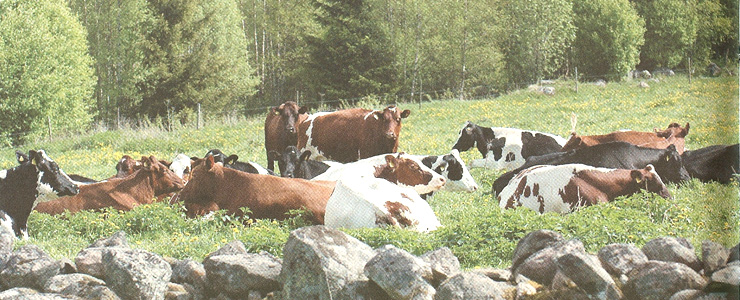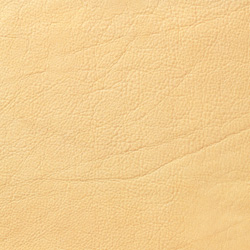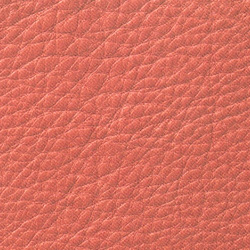Scandinavian Leather By Nature
On rock faces in the meadows where cows graze today, we can see pictures carved by our hunter ancestors thousands of years ago. Knowledge of fur skins and hide dressing was crucial to their survival. These pictures remind us of a tradition that dates back to the dawn of human existence in Scandinavia tradition.
As the manufacturer of the world’s finest leather, ILS regards itself as the leading perpetuator of this Scandinavian tradition.
So How Did Elmo Gain This Unique Position?
One of the main answers is the raw material itself. The cool Nordic climate eliminates many of the parasites that are harmful to animals. Good breeding techniques and large, open grazing pastures without thorny bushes also play a vital role.
However, the most important factor of all is know-how. ILS has collective know-how of tanning and hide dressing, combining ancient expertise with professional cutting-edge technology. This combination enables us to create products of unparalleled quality. Our leather is used for the most exclusive furniture on the market. It provides upholstery with a skin-like softness, bringing us the powerful experience of natural leather that has remained in our heritage since the first humans wrapped their bodies in animal hide at the dawn of time.
The oldest leather found in Sweden is the sheath of a bronze dagger from around 1,100 BC. But the art of making leather from hides and pelts, dates back much further than this. The prehistoric inhabitants of Scandinavia were hunters who discovered the potential for using the hides of the animals they hunted to protect their bodies.
The First Tanning Techniques
Uncured hides rot if they are left damp, yet become hard when they dry. In order to utilize the hides, our ancestors much have devised a simple tanning technique to transform the hides into leather. They may have used the animal’s natural fat. This method is still used by the Inuits, and by the Tartars on the Asian steppes. By scraping the fat off and then working it in again, the hide’s natural softness is preserved.
Oak Bark and Alum
Over the centuries, people learned by trial and error how to transform raw hides and pelts into soft, long-lasting leather. Probably without really understanding how, they learned to use vegetable and mineral substances in oak bark and alum to tan the hides and make them soft and durable.









